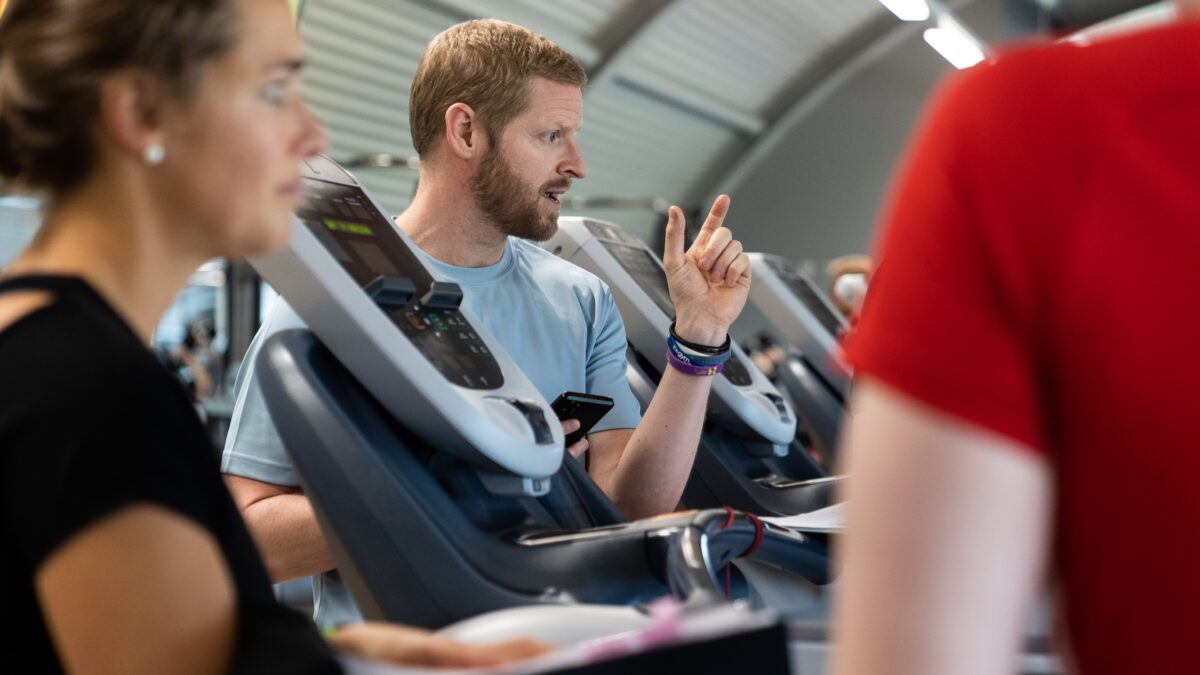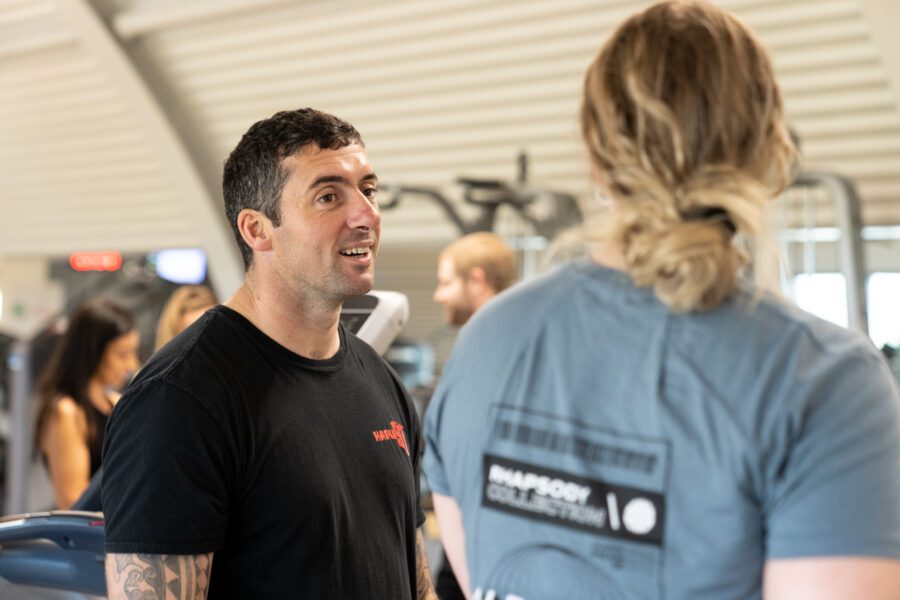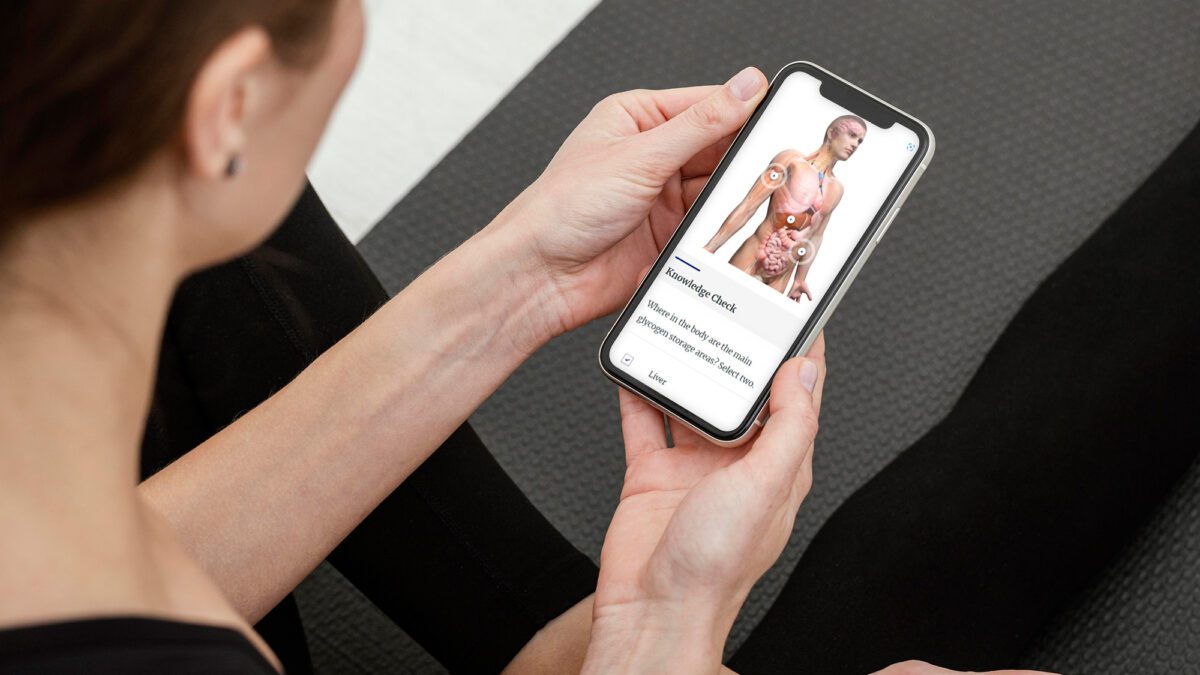

How to start up a personal training business
We have pulled together some top tips to help you set up your own Personal Training business using our industry expert knowledge.


We have pulled together some top tips to help you set up your own Personal Training business using our industry expert knowledge.

You have done the hard work and qualified as a personal trainer with a Level 3 course; fantastic! If you’re considering starting a Personal Training business, the hard work doesn’t stop here. With this in mind, we have tried to make this easier for you. To help you get started, we’ve put together a few simple tips and steps to follow to help set up your new PT business.
Firstly, you must register with CIMSPA (Chartered Institute for the Management of Sport and Physical Activity). It launched in 2011 as the professional development body for the UK’s sports and physical activity sector.
CIMSPA has been awarded chartered status by the Privy Council, which came into effect at the start of January 2012. They provide leadership, support and empowerment for professionals working in sports and physical activity and a single unified voice for the sector.
In 2015, Sports England announced it was backing CIMSPA to be the single body within the sector that safeguards standards by regulating training and qualifications. As such, most employers within the fitness industry will soon require employed or self-employed staff to be members of CIMSPA and adhere to their CPD requirements.
The next step is to take out public liability insurance. You can research several different insurance providers and find a few good deals. The amount you need to pay will vary on the services you offer. You are responsible for sourcing and investigating the best options for your requirements. You should ensure that you are fully insured when undertaking your first home visit or gym session.
Ensuring you have liability insurance is a must as a Personal Trainer as this covers you for claims from a third party. Working in an active industry, there is a chance that a client could injure themselves during a session, so it’s not worth risking. This would also include any damage done to equipment if you are working within a gym. An accident claim or the cost of replacing equipment can be expensive, so it’s best to make sure you are completely covered with the right insurance.
When starting a Personal Training business, the next thing to tick off is opening a business account or separate account for all your earnings. This will give you a dedicated bank account to log every client and every payment. Keeping your business account separate from your personal account will make it much easier for you to keep track of your personal outgoings separate from your business expenses. Legally, you do not need to open a business account if you are self-employed, freelance or a sole trader, meaning you could use your personal account for business; however, business accounts are a good idea.
National Insurance contributions will cost you around £3.15 per week, depending on your earnings. This can be paid by direct debit, or you can pay quarterly at your bank/post office. If you register yourself as self-employed, you’ll have to submit a self-assessment tax return to HMRC every year. This would work out how much of your earnings should be taxed and how much national insurance you should need to pay.
Save a percentage of your earnings for tax in a separate account – preferably a savings account. 25% of your monthly earnings should be sufficient – and remember that you have a personal allowance that will not be taxed. You will then be taxed on approximately 20-40% of the rest of your income, depending on how much you earn. These figures change each year, so keep up to date by visiting the HMRC website. You will pay income tax and national insurance on all your profits. Your profits, however, are defined by all your business income minus any business expenses.
This means anything spent on business expenses will then be deducted from your total income, leaving you with the correct taxable income. You can either decide to try and manage this yourself or alternatively the best route would be to employ an accountant to do this for you, this avoids any mistakes being made with the potential of enduring extra costs.
You need to contact HM Revenue and Customs (0300 200 3504) within three months from the end of your first month of trading to register your business.
So to recap – register with CIMSPA, make sure you’re fully insured, set up the appropriate bank accounts for tax and earnings, organise your National Insurance contributions and don’t forget to register your business. You will then have successfully set up and started your own business. Now you have done all the legal requirements and key business set-ups, you could look at setting up your own personal training studio.

Download Course Information & Price Guide